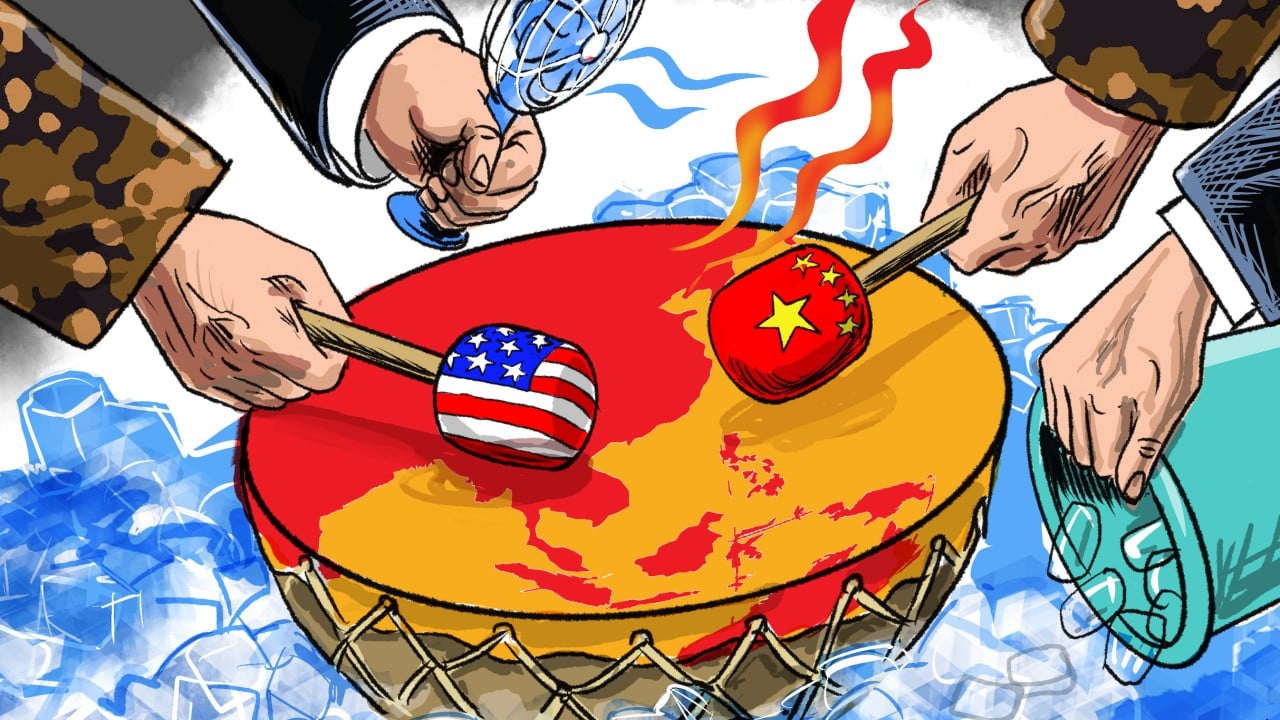While the Ukraine war drags on and new conflicts rage in the Middle East, we cannot overlook the drumbeats of great power tension across the Pacific at levels unmatched since the Cold War.
Advertisement
US Defence Secretary Pete Hegseth, a known China hawk, frames diplomacy through strategic confrontation. He has said the United States aims to “re-establish deterrence” against “China’s aggression” in the Indo-Pacific. This includes upgrading the US-Japan command to a “warfighting headquarters” and pushing allies in Asia to commit to spending 5 per cent of gross domestic product on defence as Nato has done. Crucially, even as limited but fragile agreements emerge on trade, the fundamental military and strategic confrontation remains entrenched.
At the Shangri-La Dialogue in Singapore, Hegseth said the “threat China poses” could be “imminent”, warning that altering the first island chain status quo by force would be “unacceptable”. He has repeatedly stressed that the US is prepared for war with China, mirroring Beijing’s pledge to “fight till the end” against the US in any type of war. These reciprocal threats fuel nationalist fervour, normalising rhetoric once reserved for Cold War brinkmanship. This tension manifests in actions, not just words.
The recent Quad foreign ministers meeting in Washington put aside internal trade tensions and reinforced strategic alignment against “coercion” in the Indo-Pacific, largely viewed as a reference to China. More provocatively, the US nuclear-powered aircraft carrier USS George Washington sailed to Manila on the same day that China’s first indigenously designed aircraft carrier Shandong made a port call to Hong Kong and weeks after China’s two carrier groups conducted drills in the West Pacific.
Tellingly, during the American carrier’s port visit to the Philippines, the People’s Liberation Army’s Southern Theatre Command announced the organisation of naval and air forces to conduct combat readiness patrols in the territorial waters and airspace near the disputed Huangyan Island (also known as the Scarborough Shoal).
Advertisement
The spectre of nuclear annihilation remains a mutual deterrent as China has at least 600 warheads, aided by DF-26 “carrier-killer” missiles. However, the peril lies in conventional escalation. The Pentagon now prioritises defeating China in any contingency, leading to increased power projection near Chinese waters, while deprioritising other global commitments.

